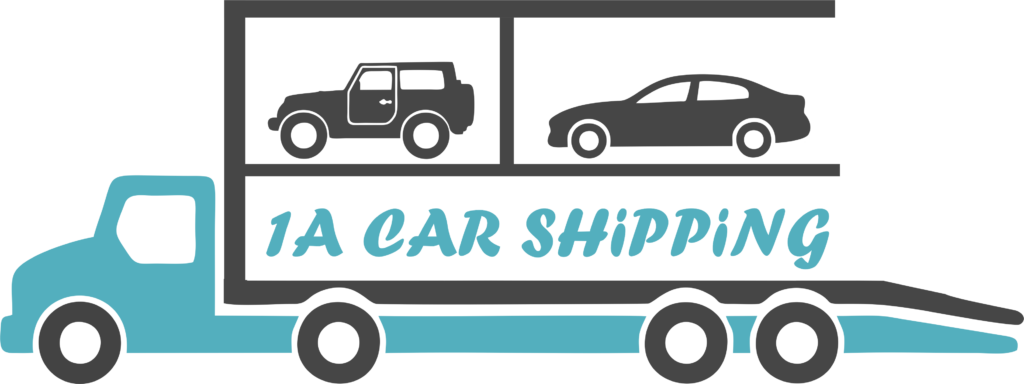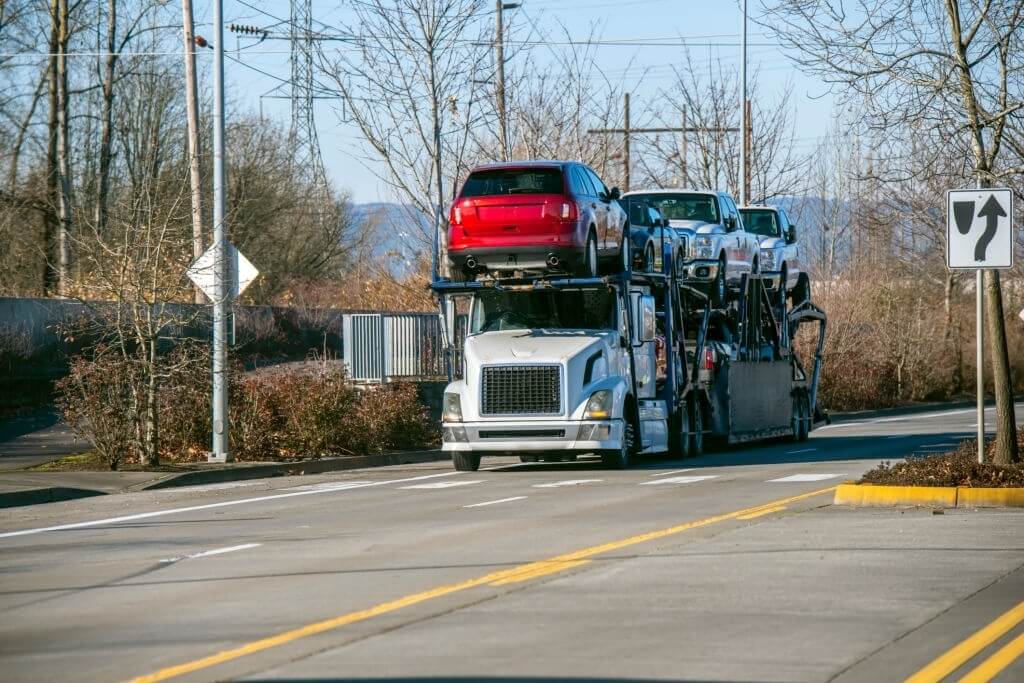Transporting a vehicle across state lines can be a daunting task, fraught with logistical challenges and potential pitfalls. Whether you’re relocating for personal or professional reasons, ensuring the safe and efficient transport of your car is paramount. This article delves into the intricacies of interstate car transportation, exploring the obstacles faced and offering practical solutions to overcome them.
Understanding the Complexities of Interstate Car Transportation
Transporting a vehicle across state borders involves navigating a complex web of regulations, paperwork, and logistics. Each state has its own set of rules and requirements, making the process all the more intricate.
From obtaining the necessary permits and documentation to adhering to specific loading and unloading protocols, the challenges can quickly pile up, leaving many individuals feeling overwhelmed.
Navigating State Regulations and Paperwork
One of the most significant hurdles in interstate car transportation is navigating the labyrinth of state regulations. Each state has its own set of rules governing the movement of vehicles across its borders, ranging from registration requirements to road taxes. Failure to comply with these regulations can result in costly fines or even the impoundment of your vehicle.
To circumvent these issues, it is crucial to familiarize yourself with the specific regulations of each state along your planned route. Some key considerations include:
- Registration and title requirements
- Temporary permits or transit plates
- Road taxes or tolls
- Safety inspections or emissions testing
Additionally, you may need to obtain specialized documentation, such as a Bill of Lading or a Vehicle Inspection Report, depending on the state’s requirements.
Choosing the Right Transportation Method
Another crucial aspect of interstate car transportation is selecting the most appropriate method for your needs. The two primary options are:
- Self-transport: Driving your vehicle across state lines yourself. This option offers greater control and flexibility but can be time-consuming and physically demanding, especially for long distances.
- Professional auto transport services: Hiring a reputable auto transport company to handle the entire process. While more expensive, this option provides peace of mind and reduces the risk of damage or complications.
When evaluating these options, consider factors such as distance, time constraints, and the condition of your vehicle. For shorter distances or well-maintained vehicles, self-transport may be a viable option. However, for long-distance moves or valuable or classic cars, professional auto transport services can be a worthwhile investment.
Choosing the Right Auto Transport Company
If you opt for professional auto transport services, selecting the right company is crucial. The auto transport industry is highly competitive, with numerous players offering varying levels of service and expertise. To ensure a smooth and stress-free experience, consider the following factors when evaluating potential transport companies:
| Factor | Description |
| Experience and reputation | Look for companies with a proven track record and positive customer reviews. |
| Transport methods | Evaluate the company’s transport methods (open or enclosed carriers) and their suitability for your vehicle. |
| Insurance coverage | Ensure the company offers comprehensive insurance coverage for your vehicle during transport. |
| Pricing and transparency | Compare pricing and ensure the company is transparent about any additional fees or charges. |
| Customer service | Assess the company’s responsiveness and customer support, as communication is key throughout the process. |
By carefully evaluating these factors, you can increase the likelihood of a positive experience and minimize the risks associated with interstate car transportation.
Preparing Your Vehicle for Transport
Regardless of the transportation method you choose, proper preparation of your vehicle is essential. This not only ensures the safety of your car during transport but also helps streamline the process. Some key steps to take include:
- Thoroughly cleaning the vehicle, inside and out
- Conducting a comprehensive inspection and documenting any existing damages or issues
- Removing personal items and valuables from the vehicle
- Ensuring the vehicle is in good mechanical condition
- Disabling alarms or anti-theft devices
- Providing accurate and up-to-date documentation (registration, insurance, etc.)
By taking these precautions, you can minimize the risk of damage, theft, or complications during transport, and ensure a smooth transition for your vehicle.
Managing Unexpected Challenges
Despite careful planning and preparation, unexpected challenges can still arise during interstate car transportation. From weather-related delays to breakdowns or accidents, being prepared to handle these situations can make a significant difference. Some strategies to consider include:
- Having a contingency plan in place for unexpected delays or route changes
- Maintaining comprehensive insurance coverage for your vehicle during transport
- Keeping contact information for roadside assistance and emergency services handy
- Staying informed about potential weather or traffic disruptions along your planned route
By implementing these strategies, you can minimize the impact of unforeseen challenges and ensure a smoother, more efficient transportation experience.
Cost Considerations and Budgeting
Interstate car transportation can be a significant expense, especially when hiring professional services. To ensure a financially sound decision, it’s crucial to consider the following cost factors:
- Distance: The further your vehicle needs to travel, the higher the transportation costs.
- Vehicle type and size: Larger or specialty vehicles may incur additional charges.
- Transport method: Enclosed carriers typically cost more than open carriers.
- Additional services: Services like door-to-door delivery or expedited shipping can increase costs.
- Insurance coverage: Comprehensive insurance protection often comes at an additional cost.
By carefully evaluating these factors and creating a detailed budget, you can avoid unexpected expenses and make an informed decision that aligns with your financial capabilities. Car Transportation from One State to Another
Environmental Considerations
In today’s environmentally conscious world, it’s essential to consider the environmental impact of interstate car transportation. While transporting a single vehicle may not seem significant, the cumulative effect of countless vehicles being transported across state lines can have a substantial impact on greenhouse gas emissions and energy consumption.
To mitigate this impact, consider the following strategies:
- Opting for fuel-efficient or alternative-fuel vehicles when possible
- Choosing transport companies that prioritize eco-friendly practices and use modern, efficient carriers
- Consolidating multiple vehicle transports to maximize efficiency and minimize emissions
- Exploring alternative transportation methods, such as rail or sea transport, when feasible
By adopting these environmentally conscious practices, you can play a role in reducing the carbon footprint associated with interstate car transportation while still meeting your logistical needs. Car Shipping Services
Parting Words
Transporting a vehicle across state lines can be a complex and challenging endeavor, but with proper planning and preparation, it can be accomplished smoothly and efficiently. By understanding the intricacies of state regulations, choosing the right transportation method, and partnering with a reputable auto transport company, you can mitigate potential risks and ensure the safe and timely delivery of your vehicle.
Remember, the key to a successful interstate car transportation experience lies in being proactive, staying informed, and embracing practical solutions to overcome any challenges that may arise. With the right approach and mindset, you can navigate this process with confidence and ensure a seamless transition for your vehicle, regardless of the distance or destination.

